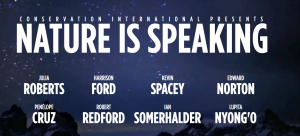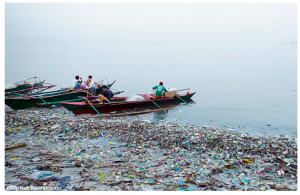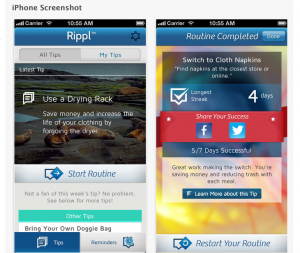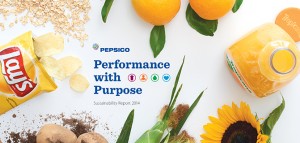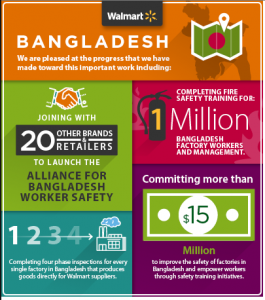I read this quote online, “If you teach a man to fish, you will feed him for a lifetime. But what if there were no fish to be caught?” and it really resonated with me. I wanted to find out where it was said, and who said it – by doing so I discovered an incredible organization, Conservation International.
CI is a non-profit organization that has one simple mission: protect the people, by protecting nature. They see themselves as a human organization, rather than an environmental one. Why? They recognize the relationship between human beings and nature. We are completely dependent on everything that nature has to offer, and that is why CI has made it their mission to protect it. CI has been completing projects for over 25 years, in over 30 countries, and has made over 2,000 partnerships.
To put things into perspective, CI has protected more than 730 million hectares of land, marine, and coastal areas. Although I could write a small novel on their success, I wanted to redirect you to their website where there is endless amounts of information. I was very impressed with the layout of their website, and the degree of transparency within their organization. In lecture we discussed the difficulties companies have regarding what information they should share, and more importantly how they should share it. I believe it should be mandatory for every non-profit organization to have a high degree of transparency with the public – if they don’t share their impact, no one will want to support their cause – and if no one wants to support them, how will they grow?
CI launched a campaign which released a number of video series, and followed the hashtag #NatureIsSpeaking. I thought the campaign was an innovative approach to get people talking about sustainability, and why we should be conserving our resources. I can see why they would leverage celebrities to generate a conversation, considering they have such a large fanbase. I also think it is a unique approach to target the younger demographic. Consumers may be more receptive to content starring their favourite actors name, opposed to a non-profit organization. I have attached the names of the actors affiliated with the series, and a clip starring Julia Roberts.
At the end of each video in the #NatureIsSpeaking series, you’ll notice the repeating phrase “nature doesn’t need people, people need nature.” I couldn’t agree more with this statement, what do you think?

